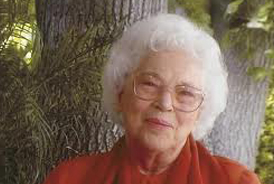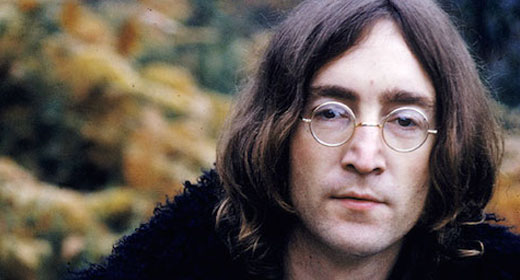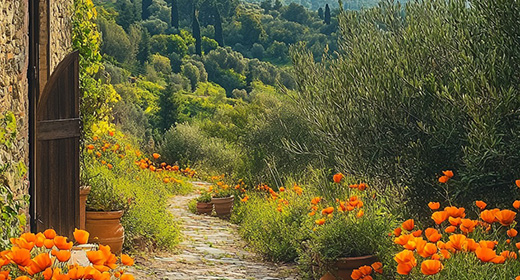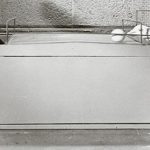Author Unknown: In 1925, Margaret Mead journeyed to the South Pacific territory of American Samoa. 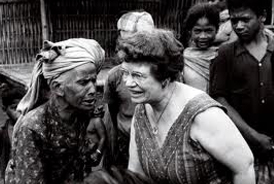 She sought to discover whether adolescence was a universally traumatic and stressful time due to biological factors or whether the experience of adolescence depended on one’s cultural upbringing.
She sought to discover whether adolescence was a universally traumatic and stressful time due to biological factors or whether the experience of adolescence depended on one’s cultural upbringing.
After spending about nine months observing and interviewing Samoans, as well as administering psychological tests, Mead concluded that adolescence was not a stressful time for girls in Samoa because Samoan cultural patterns were very different from those in the United States. Her findings were published in Coming of Age in Samoa (1928), a vivid, descriptive account of Samoan adolescent life that became tremendously popular. It was published in more than a dozen editions in a variety of languages and made Mead famous. One of the reasons for the popularity of the book was that Mead had revised the introduction and conclusion of her original manuscript, adding two chapters that dealt directly with the implications of her findings for child rearing in the United States.
Though it was a popular success and has been used in numerous undergraduate anthropology classes, Coming of Age in Samoa has received varying degrees of criticism over the years. Some of her results have been called into question by other anthropologists, and she has been criticized for romanticizing Samoan life and downplaying evidence contrary to her main argument. In addition, some Samoans have found her depiction of Samoan adolescent sexuality offensive.
In addition to her popular volume on Samoan adolescence, Mead wrote a more technical account of Samoan culture entitled The Social Organization of Manu’a (1930)
Final Instructions and Admonition
Shortly before Mead departed for Samoa, Franz Boas wrote her a letter with final instructions on her research project. She was to examine “the psychological attitude of the individual under the pressure of the general pattern of culture” and discover whether or not Samoan adolescent girls possessed the same “rebellious spirit” found in American adolescents. He warned her not to spend too much time studying Samoan culture generally at the expense of this particular problem.
Boas begins and ends the letter with paternal reminders to safeguard her health. Mead, who was thin and frail as a young woman, went through frequent bouts of poor health, including chronic pain from neuritis in her arms and severe menstrual cramps. During her time in Samoa, Mead suffered not only from these ailments, but also an infected foot, conjunctivitis (which made reading difficult), tonsilitis, and toothaches.
Choosing a Household
Some critics of Mead’s Samoan field study have objected to her choice of housing on the island of Ta’u, where she conducted her study of adolescent girls. She chose to live in the naval dispensary with an American family rather than in a Samoan household. In this previously unavailable letter to Ruth Benedict, Mead explains her decision and expresses concern that she may be “coddling” herself by not living in a Samoan household.
TRANSCRIPTION OF FIRST PAGE OF LETTER:
Ruth dearest- I’m enclosing a copy of my letter to Dr. Boas – designed to concentrate his attention upon the advantages of Ta’u. If he talks to you about it, assure him that I’ll be better off than in one of the villages here. I will. I’m pretty sure. If I were only sure that I wasn’t sherking [sic] by living in a white home. But food makes all the difference between efficiency and inefficiency. The food here at the hotel [in Pago Pago] keeps me anything but at my best – and Mrs. Holt is a good cook. It will mean food bought from the canteen instead of from native stores and it will mean pure water. I don’t know whether I’m just coddling myself, but there would be no place to work in a native house – and no privacy for work. Every word I wrote they’d be looking over my shoulder.
Mead’s Room in Samoa
On Ta’u, Mead lived in the household of the U.S. Navy’s chief pharmacist and his family. Her room occupied half of the porch of the naval dispensary. A bamboo lattice separated her bed from the rest of the porch. Living in a western-style house instead of an open-sided Samoan house allowed Mead extra privacy, but her room was also easily accessible from the outside. Young visitors stopped by to socialize at all hours, dancing and singing and providing her with information for her research.




